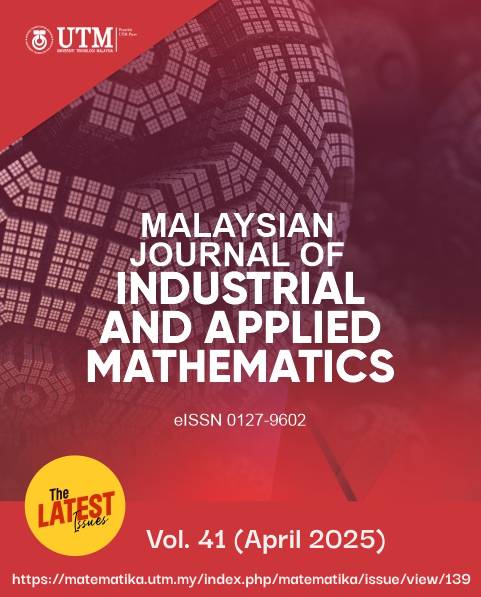Enhancing Stock Index Forecasting with LSTM using Volatility-Weighted Input Features
DOI:
https://doi.org/10.11113/matematika.v41.n1.1615Abstract
Today’s local and global stock markets are confronted with numerous challenges, such as the difficulty in accurately predicting stock prices and extracting useful features. While many researchers have successfully employed long short-term memory (LSTM) models for stock price prediction, there is still room for improvement in enhancing their accuracy, particularly in capturing the impact of market volatility. This paper proposed an LSTM with Average True Range (ATR) weighted input features to address this limitation. By incorporating volatility-weighted features into the LSTM architecture, the model adapts its learning process to reflect the varying impact of market volatility on stock index prices. Specifically, ATR is used to construct input features that better represent volatility, allowing the LSTM to more effectively capture fluctuations in market conditions. Using Bursa Malaysia Kuala Lumpur Composite Index (KLCI) as dataset, the proposed ATR-LSTM showed accuracy improvement in forecasting stock index prices compared to classic stock price prediction models such as autoregressive integrated moving average (ARIMA), artificial neural network (ANN) and regular LSTM models. The evaluation metrics of mean absolute error (MAE) and root mean square error (RMSE) are used to validate this model. These findings highlight the importance of incorporating volatility-driven signals in stock index forecasting models.


















